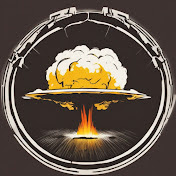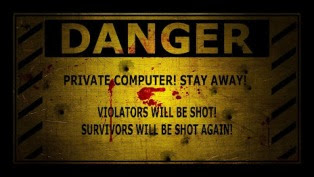 This cell phone photo was shot by a resident of Ishaqi on March 15, 2006, of bodies Iraqi police said were of children executed by U.S. troops after a night raid there.
This cell phone photo was shot by a resident of Ishaqi on March 15, 2006, of bodies Iraqi police said were of children executed by U.S. troops after a night raid there. Here, the bodies of the five children are wrapped in blankets and laid in a pickup bed to be taken for burial. A State Department cable obtained by WikiLeaks quotes the U.N. investigator of extrajudicial killings as saying an autopsy showed the residents of the house had been handcuffed and shot in the head, including children under the age of 5. McClatchy obtained the photo from a resident when the incident occurred. Photo: mcclatchydc.com
Source: mcclatchydc.com
A U.S. diplomatic cable made public by WikiLeaks provides evidence that U.S. troops executed at least 10 Iraqi civilians, including a woman in her 70s and a 5-month-old infant, then called in an airstrike to destroy the evidence, during a controversial 2006 incident in the central Iraqi town of Ishaqi.
The unclassified cable, which was posted on WikiLeaks’ website last week, contained questions from a United Nations investigator about the incident, which had angered local Iraqi officials, who demanded some kind of action from their government. U.S. officials denied at the time that anything inappropriate had occurred.
But Philip Alston, the U.N.’s special rapporteur on extrajudicial, summary or arbitrary executions, said in a communication to American officials dated 12 days after the March 15, 2006, incident that autopsies performed in the Iraqi city of Tikrit showed that all the dead had been handcuffed and shot in the head. Among the dead were four women and five children. The children were all 5 years old or younger.
Reached by email Wednesday, Alston said that as of 2010 — the most recent data he had — U.S. officials hadn’t responded to his request for information and that Iraq’s government also hadn’t been forthcoming. He said the lack of response from the United States “was the case with most of the letters to the U.S. in the 2006-2007 period,” when fighting in Iraq peaked.
Alston said he could provide no further information on the incident. “The tragedy,” he said, “is that this elaborate system of communications is in place but the (U.N.) Human Rights Council does nothing to follow up when states ignore issues raised with them.”
The Pentagon didn’t respond to a request for comment. At the time, American military officials in Iraq said the accounts of townspeople who witnessed the events were highly unlikely to be true, and they later said the incident didn’t warrant further investigation. Military officials also refused to reveal which units might have been involved in the incident.
Iraq was fast descending into chaos in early 2006. An explosion that ripped through the Golden Dome Mosque that February had set off an orgy of violence between rival Sunni and Shiite Muslims, and Sunni insurgents, many aligned with al Qaida in Iraq, controlled large tracts of the countryside.Read more: http://www.mcclatchydc.com
















































Δεν υπάρχουν σχόλια:
Δημοσίευση σχολίου